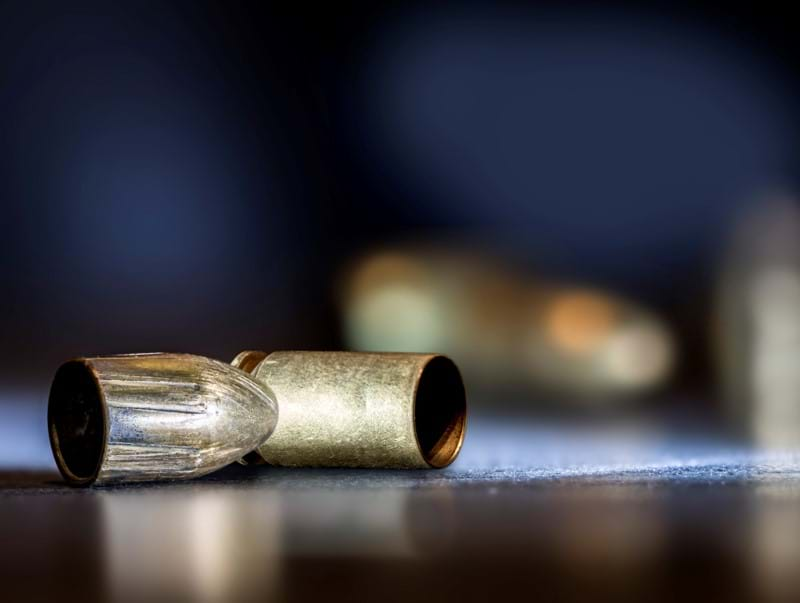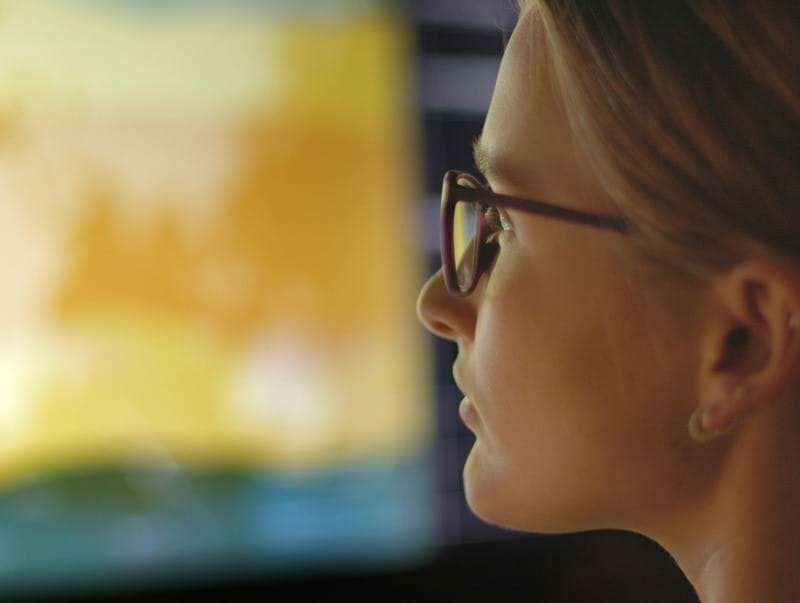An ongoing concern of forensic science laboratories is the availability of training options for new firearm and toolmark examiners. Some law enforcement agencies provide their own training while others take advantage of the Bureau of Alcohol, Tobacco, Firearms and Explosives (ATF) National Firearms Examiner Academy (NFEA) which was established in 1999. The NFEA has provided critical training to law enforcement agencies nationwide, assuming the primary burden of training new examiners for those agencies. In addition, there are individuals who provide training on a private, contractual basis.
For those agencies performing their own training, the Association of Firearm and Tool Mark Examiners (AFTE) has published a Training Manual that many laboratories use as the foundation for their training programs for new examiners. Overall, the manual provides excellent direction and uniformity with respect to what should be done and the references that should be consulted. However, what is not standardized are the toolmark samples, including those on bullets and cartridge cases, that are provided to trainees to develop their comparative analysis skills. And it is these non-standardized samples upon which an examiner’s identification criteria are developed and built.
Generally, when preparing toolmark samples, trainers have been restricted to what was available in their own laboratories. This has resulted in a lack of uniformity, discipline-wide, with respect to the samples designed to build, arguably, the examiner’s most important skill. This lack of uniformity also applies to the toolmark samples used during proficiency and competency testing. Although much effort has been invested in trying to minimize the differences between toolmark samples, even the tiniest variations between samples can impact test performance.
The Quantum 3D Microscope™ is key to improving this situation. The toolmarks on bullets, cartridge cases, and other small objects can be acquired and digitally stored as part of a standardized training and testing database of toolmark samples that can be shared among users. A centralized, uniform source of samples from which to pull a training set would be especially useful for trainers. Trainees could gain access to samples with certain features, such as subclass characteristics, for which they do not have physical samples because the existence of such samples can be rare.
Another important aspect of training is also addressed by 3D microscopy. In any forensic science discipline, it is not enough to simply get the correct answer, there also must be sufficient data to justify the answer. In firearm and toolmark identification, this data is difficult to obtain because the observed correspondence between two samples, or lack thereof, forms the basis for the opinions that are offered. As mentioned in a previous blog, with standard light comparison microscopy, the observations are transient and, if not photographed, are lost permanently. Through the use of 3D acquisition technology, Quantum allows for trainees to not only observe what they believe to be significant but also capture it. Trainers can then review the trainees’ observations and provide significant feedback to the trainees with respect to their observations and others that they may have missed.
It is also important to remember that an examiner’s identification criteria are based on toolmarks that are known to have been produced by different sources as well those that are known to have been produced by the same source. A single, standardized training database of toolmark samples will help bring increased uniformity to the identification criteria used by examiners.
As effective as current proficiency testing is for the discipline, as mentioned earlier, the samples are not uniform. If an examiner reaches a conclusion that is outside the specifications of the test, it is difficult to determine if the result is due to an issue with the examiner or to an issue with the samples that the examiner used. A uniform database of samples for proficiency tests will help mitigate this issue. Laboratory directors and quality control managers will be able to better understand how their trainees and examiners are performing relative to others in the discipline.
All these improvements are possible with the Quantum 3D Microscope. Not only do we now have greater objectivity (blog 1), more efficient processing (blog 2), automatic data generation supporting the individuality of tools for each and every case (blog 3), and the long awaited error rate that the courts are craving (blog 4), we now have standardized training and proficiency testing! This technology has been long overdue—and it works.
This is a good time to ask a question: Have you arranged for your Quantum trial?






